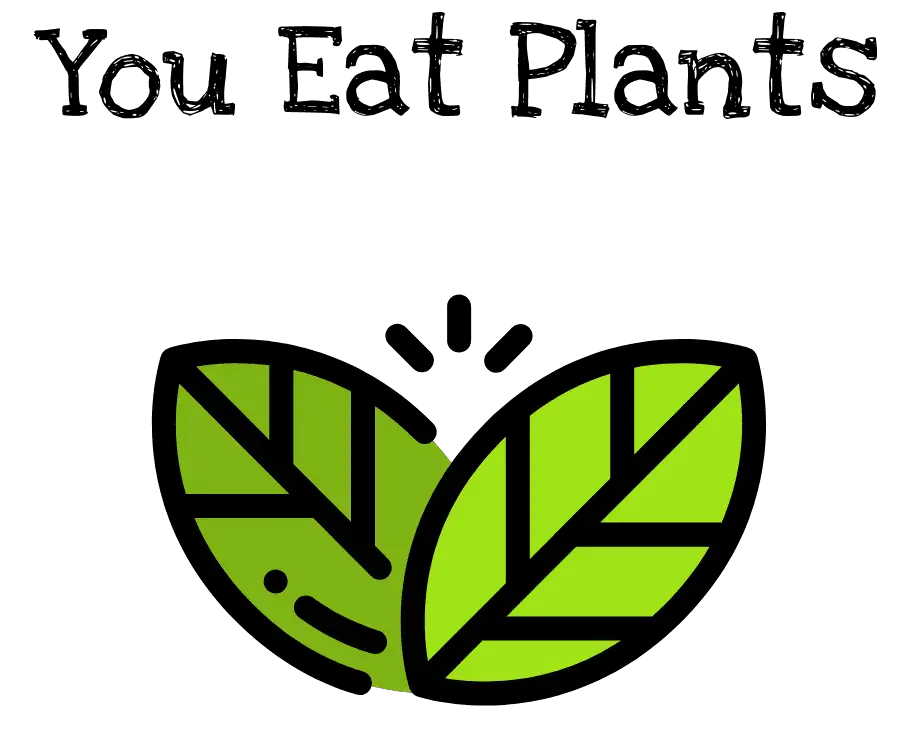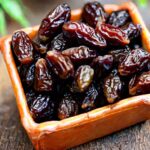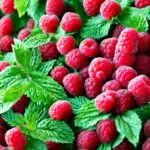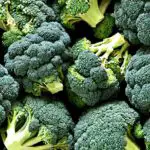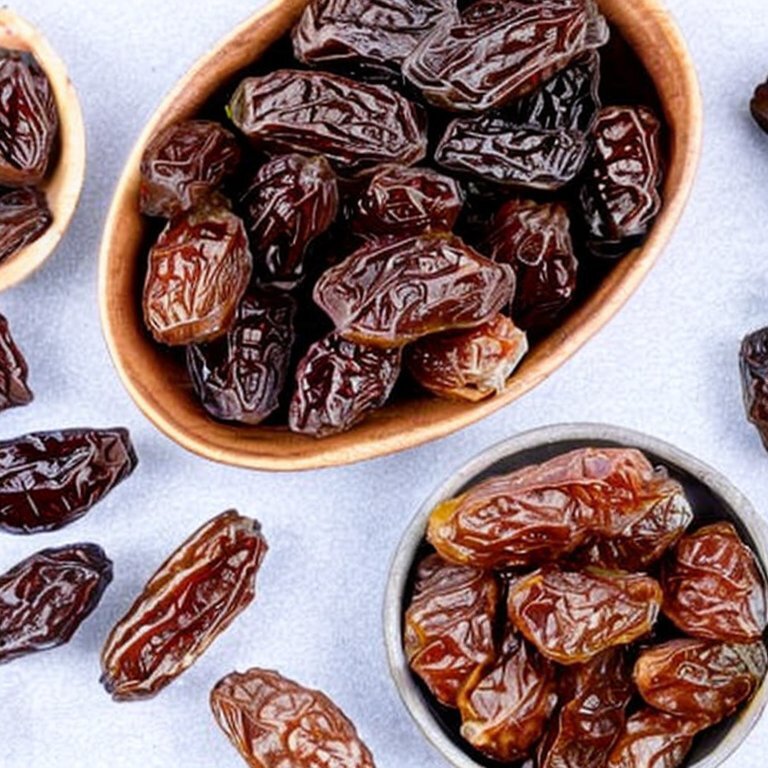
Dates are a popular fruit that is grown in many parts of the world, including the Middle East, North Africa, and California. There are many different types of dates, but two of the most popular varieties are Halawi and Medjool. Both of these dates are sweet and delicious, but there are some key differences between them that are worth exploring.
In this post, we will look at what Halawi dates and Medjool dates are, and we will compare the two in different areas and look at which one is the best, based on individual needs.
Contents
- What are Halawi Dates?
- What are Medjool Dates?
- Halawi Dates vs Medjool Dates
- Halawi vs Medjool Dates: Which is Better?
- Final Thoughts
What are Halawi Dates?
Halawi dates are small to medium-sized dates that are oval in shape and have a caramel-like flavor. They are grown in many parts of the Middle East, including Iran, Iraq, and Saudi Arabia.
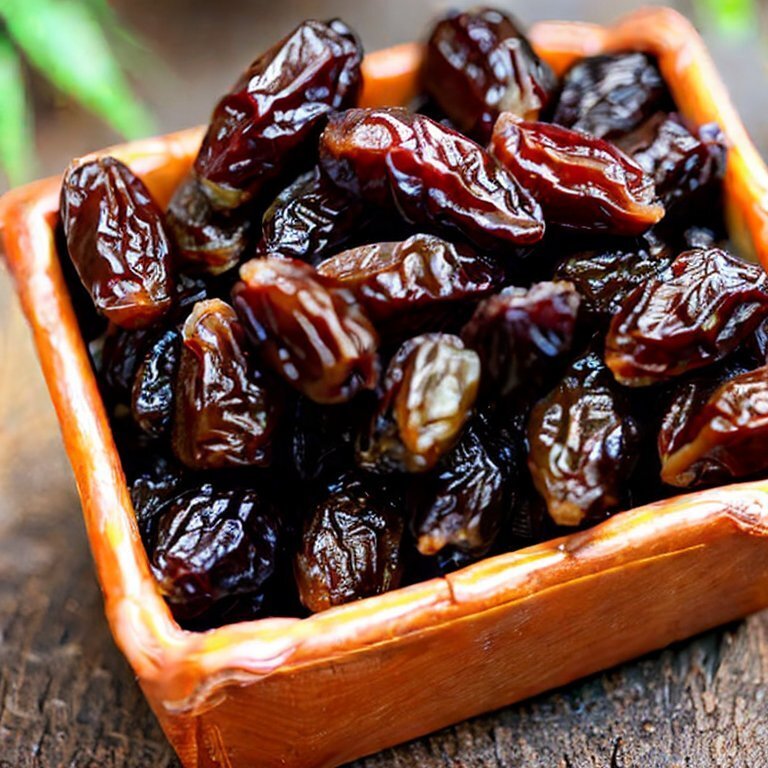
Halawi dates are usually harvested in the late summer or early fall and can be eaten fresh or dried. They have a soft, chewy texture and are often used in baking or as a sweetener in recipes.
What are Medjool Dates?
Medjool dates, on the other hand, are larger and plumper than Halawi dates. They have a deep brown color and a rich, caramel-like flavor that is similar to Halawi dates.
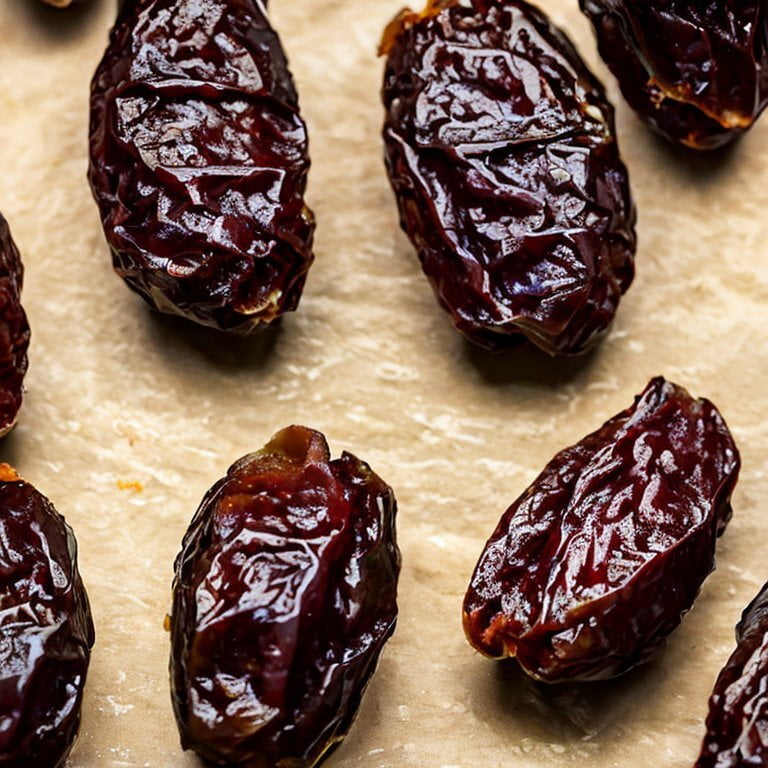
Medjool dates are grown primarily in California and are often referred to as the “king of dates” because of their size and flavor. They are usually harvested in the fall and can be eaten fresh or dried.
(Learn more about them at Medjool Dates)
Halawi Dates vs Medjool Dates
Appearance
One of the main differences between Halawi and Medjool dates is their size. Halawi dates are smaller and less plump than Medjool dates, which means that they have a lower sugar content.
Sugar Content
Halawi dates have a lower sugar content. This makes them a good option for people who are watching their sugar intake or who prefer a less sweet flavor.
Medjool dates, on the other hand, are larger and more plump, which means that they have a higher sugar content. This makes them a good option for people who want a sweeter flavor or who need a quick energy boost.
Texture
Another difference between Halawi and Medjool dates is their texture. Halawi dates are soft and chewy, with a texture that is similar to caramel. They are easy to eat and can be added to many different recipes.
Medjool dates, on the other hand, have a firmer texture and are more dense than Halawi dates. This makes them a good option for recipes that require a bit more texture, such as energy bars or raw desserts.
Benefits
Halawi Dates Benefits
Halawi dates have several health benefits. They are an excellent source of energy and can help boost endurance during exercise. The high fiber content in Halawi dates helps to promote digestive health and can prevent constipation. They are also an excellent source of potassium, which helps to regulate blood pressure and support heart health. Halawi dates contain antioxidants, which can help to reduce inflammation in the body and protect against chronic diseases like cancer and heart disease.
(Learn more at Halawi Dates Benefits)
Medjool Dates Benefits
Like Halawi dates, Medjool dates have several health benefits. They are an excellent source of energy and can help to boost endurance during exercise. Medjool dates contain antioxidants, which can help to reduce inflammation in the body and protect against chronic diseases like cancer and heart disease. They are also rich in potassium, which helps to regulate blood pressure and support heart health. Medjool dates have been shown to help lower cholesterol levels and improve overall cardiovascular health.
Nutrition
In terms of nutritional content, both Halawi and Medjool dates are high in fiber and antioxidants. They are also a good source of vitamins and minerals, including potassium, magnesium, and vitamin B6.
However, Medjool dates are slightly higher in calories than Halawi dates, which means that they may not be the best option for people who are trying to lose weight or maintain a healthy weight.
Halawi Dates Nutrition
Halawi dates are also low in fat and contain no cholesterol. One serving of Halawi dates (100 grams) provides approximately 282 calories, 75 grams of carbohydrates, 2.5 grams of protein, and 8 grams of fiber. (See also Halawi Dates Nutrition)
Medjool Dates Nutrition
One serving (100 grams) of Medjool dates provides approximately 277 calories, 75 grams of carbohydrates, 1.8 grams of protein, and 7 grams of fiber.
Taste
When it comes to taste, both Halawi and Medjool dates are delicious and sweet. However, Halawi dates have a milder flavor that is more subtle than the rich, caramel-like flavor of Medjool dates. This makes Halawi dates a good option for people who prefer a less intense flavor or who want to use dates as a sweetener in recipes without overwhelming the other flavors.
Culinary Uses
In terms of culinary uses, both Halawi and Medjool dates are versatile and can be used in many different recipes. Halawi dates are often used in Middle Eastern cuisine, where they are added to dishes like tagines and couscous. They are also a popular ingredient in baked goods like cookies and cakes. Halawi dates can also be eaten as a snack on their own or added to smoothies for a natural sweetener. They can be consumed fresh or dried.
Medjool dates, on the other hand, are often used in raw desserts, energy bars, and smoothies. They can also be stuffed with nuts or cheese for a savory snack. Medjool dates are a popular ingredient in many Middle Eastern dishes, where they are added to savory dishes like stews and tagines. They are also a popular addition to breakfast dishes like oatmeal and yogurt. They can be eaten fresh or dried.
Where They Are Grown
Halawi dates and Medjool dates have different growing regions. Halawi dates are primarily grown in the Middle East, while Medjool dates are primarily grown in California. This can impact their availability and cost in different regions of the world.
Halawi vs Medjool Dates: Which is Better?
The answer to this question depends on personal preference and individual health needs. Both Halawi dates and Medjool dates are delicious and offer several health benefits. Halawi dates are a great option for people who prefer a less sweet flavor or are watching their sugar intake, while Medjool dates are a great option for people who enjoy a sweeter flavor and want a stand-alone snack.

In terms of nutrition, both types of dates are high in fiber and a good source of potassium, magnesium, and vitamin B6. They are also low in fat and contain no cholesterol. Halawi dates have a slightly lower sugar content, which may be beneficial for people with diabetes or those looking to reduce their sugar intake. However, Medjool dates are a great option for providing a quick burst of energy during exercise or as a sweet treat.
Final Thoughts
Halawi dates and Medjool dates are two popular types of dates that offer a delicious flavor and several health benefits. Halawi dates have a softer texture and a less sweet flavor, while Medjool dates have a firmer texture and a sweeter flavor. Both types of dates are high in fiber, potassium, magnesium, and vitamin B6, making them a great addition to a healthy diet.
The choice between Halawi dates and Medjool dates ultimately comes down to personal preference and individual health needs. Whether you prefer a less sweet flavor or a sweeter flavor, both types of dates offer a tasty and nutritious snack option. So why not try both and see which one you prefer?
Lance has been passionate about the plant-based diet and we have been following a whole food plant-based diet for over 5 years. We focus on health, natural healing, weight management, animal rights, and the health of the planet and environment by focusing on whole plant-based foods and sustainable practices.
Learn more at the About Me page and follow on social media at the links below.
